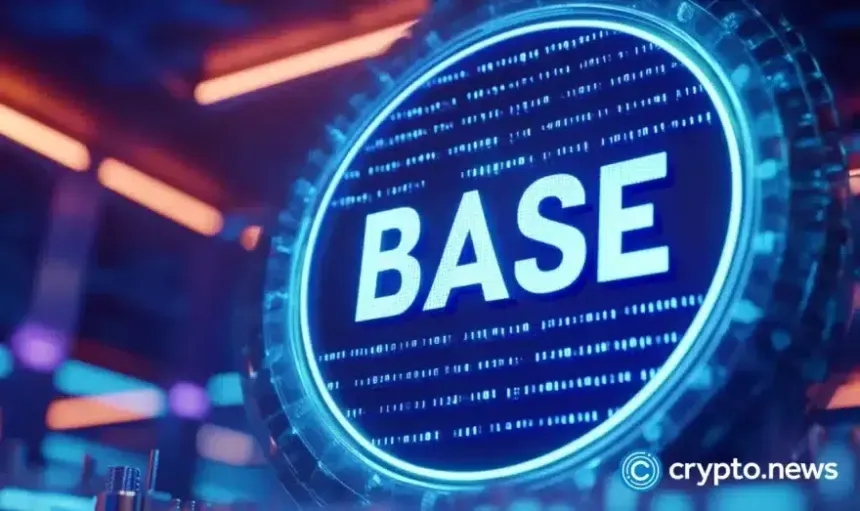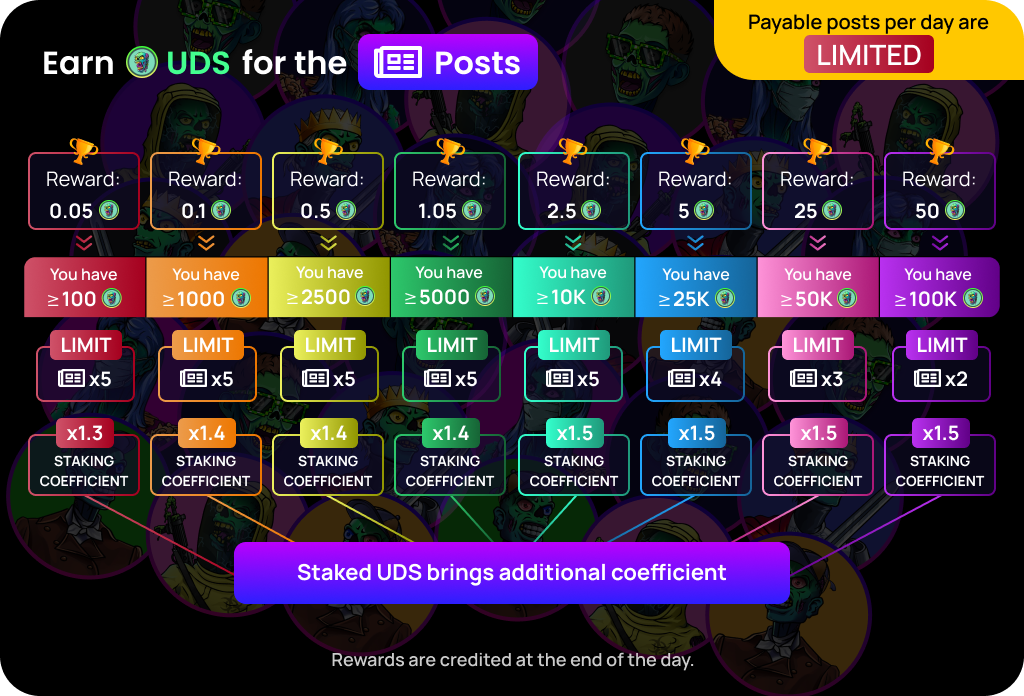How do rollup sequencers affect decentralization and censorship resistance?
-

Rollups batch and compress transactions before submitting them to Ethereum or another L1.
Today, most rollups (Optimism, Arbitrum, Base) use a single centralized sequencer to order transactions.Advantages of this model:
Fast confirmation and low latency.
Simplified user experience.
Risks include:
Censorship: The sequencer could refuse to include certain transactions.
MEV capture: A centralized entity could reorder transactions for profit.
Downtime: If the sequencer fails, the rollup stalls.
Long-term solutions involve shared sequencing or decentralized sequencing using proof-of-stake committees or cryptographic sortition.
Advanced users and developers should monitor the move toward decentralized sequencing, as it will impact security assumptions and the trust model of major rollups.




















